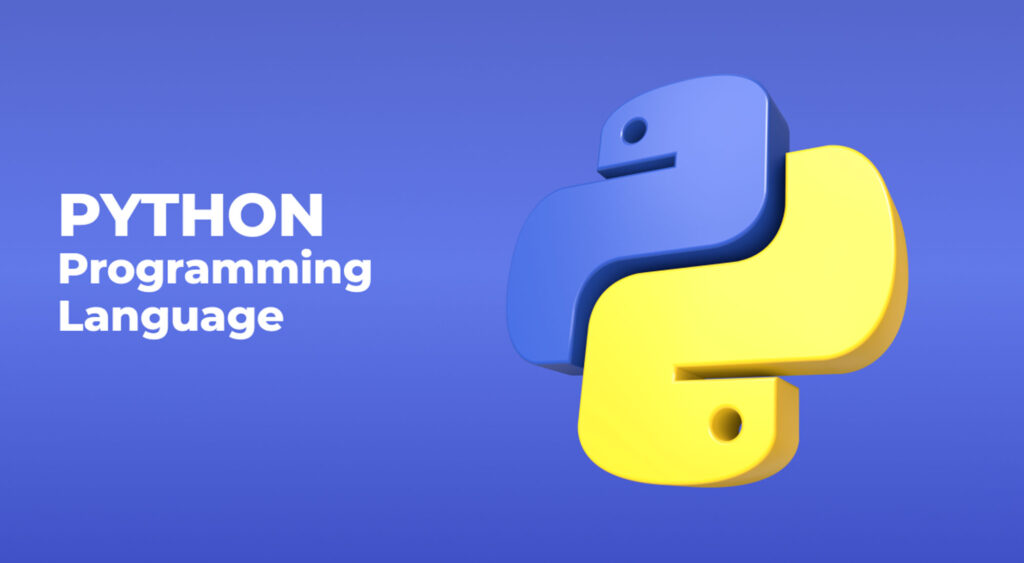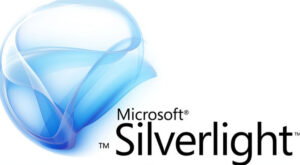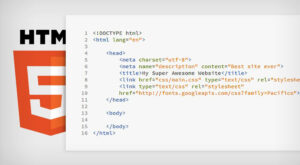
Python, the widely acclaimed and beloved programming language, has a rich history that traces its origins back to the late 1980s. Conceived by its creator, Guido van Rossum, Python has become a global phenomenon, known for its simplicity, readability, and versatility. In this article, we will explore the birth of Python, its development journey, and its impact on the world of programming.
The Genesis of Python
Python’s story began in December 1989 when Guido van Rossum, a Dutch programmer, started working on a new programming language during his Christmas holidays. Van Rossum was employed at the Centrum Wiskunde & Informatica (CWI) in the Netherlands and had experience with the ABC programming language, which served as an inspiration for Python.
Key Milestones in Python’s Development:
- Python 0.9.0 (February 1991): This was the first public release of Python. It included key features like exception handling, functions, and modules, setting the foundation for the language’s development.
- Python 1.0 (January 1994): Python 1.0 marked the language’s official entry into the programming world. It included features like lambda, map, filter, and reduce functions, making Python more powerful.
- Python 2.0 (October 2000): Python 2.0 introduced list comprehensions and garbage collection. It solidified Python’s reputation as a versatile and readable language.
- Python 3.0 (December 2008): Python 3.0 was a significant departure from Python 2.x. It aimed to clean up and simplify the language by removing redundancy and inconsistencies. This transition sparked discussions and debates in the Python community but was seen as a necessary step for the language’s long-term health.
The Impact of Python
Python’s birth and evolution have had a profound impact on the world of programming:
- Readability and Elegance: Python’s design philosophy emphasizes code readability and a clean, uncluttered syntax. Its use of indentation instead of braces or keywords has made it a favorite among developers.
- Versatility: Python is a versatile language used in various domains, from web development to data science, machine learning, and scientific computing. Its extensive standard library and third-party packages make it adaptable to a wide range of applications.
- Large and Active Community: Python has a vibrant community of developers and enthusiasts who contribute to its growth. Online forums, conferences, and collaborative projects make Python an inclusive language.
- Educational Value: Python is a popular choice for teaching programming due to its simplicity and readability. It is often recommended as a starting point for beginners.
- Rapid Development: Python’s concise syntax and powerful libraries enable rapid application development, making it a preferred language for prototypes and MVPs (Minimum Viable Products).
- Job Opportunities: Python’s popularity has led to a high demand for Python developers, offering excellent job opportunities in the tech industry.
Conclusion
Python’s journey from a personal project to a global phenomenon illustrates the power of innovative programming language design. Guido van Rossum’s vision for a simple, readable, and versatile language has resonated with developers around the world. Python’s impact on diverse fields, from web development to scientific research, underscores its adaptability and staying power in the ever-evolving landscape of programming languages. Born in the late 1980s, Python continues to shape the future of software development and remains an essential tool for programmers worldwide.



